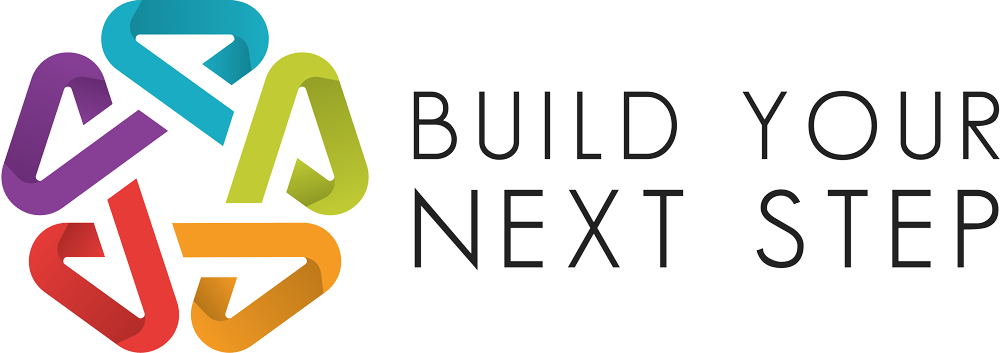The Theory
And the books that have inspired us.
We have curated methods, tools, exercises from our combined coaching experiences: career, leadership, team, behaviour, startup, strategy, marketing…

Design Thinking
Our programme is based on the Design Thinking methodology applied to Life and Career, as Dave Evans and Bill Burnett develop and teach at Stanford University.
You will discover and use the Design Thinking process, following each step:
To the standard Design Thinking process, a new first step has been added:
This is not a method to achieve a goal, but an iterative process to build a fulfilling life.
You will discover and use the Design Thinking process, following each step:
- Empathize (understanding ourselves, how the world views us and how we view the world)
- Define (set the stage for where you want to go)
- Ideate (open the field of possibilities
- Prototype (evaluate options before fully committing)
- Test (validate that it works for you)
To the standard Design Thinking process, a new first step has been added:
- Accept (meaning you are interested in moving forward and changing something).
This is not a method to achieve a goal, but an iterative process to build a fulfilling life.

Meaning and support
And as we are applying an innovation methodology to a broader scope rather than just a product (as we are innovating about our life), we complete the framework with:
With a strong bias toward actions, at each stage, you will be provided with different tools and exercises to experiment and practice.
And as we are applying an innovation methodology to a broader scope rather than just a product (as we are innovating about our life), we complete the framework with:
- A meaning-making layer (a set of tools to make explicit what your purpose in life is, what is important to you, what your worldview is).
- A support layer (which is about how you can understand what is good for you, grab insights on how to answer to your important questions, stay connected with your community and get support from them in your journey)
With a strong bias toward actions, at each stage, you will be provided with different tools and exercises to experiment and practice.
Books that have inspired us
Designing Your Life
by Bill Burnett & Dave Evans
In this book, Bill Burnett and Dave Evans show us how design thinking can help us create a life that is both meaningful and fulfilling, regardless of who or where we are, what we do or have done for a living, or how young or old we are. The same design thinking responsible for amazing technology, products, and spaces can be used to design and build your career and your life, a life of fulfillment and joy, constantly creative and productive, one that always holds the possibility of surprise.
Additional reading:
Designing your work life
The Designing your life Workbook
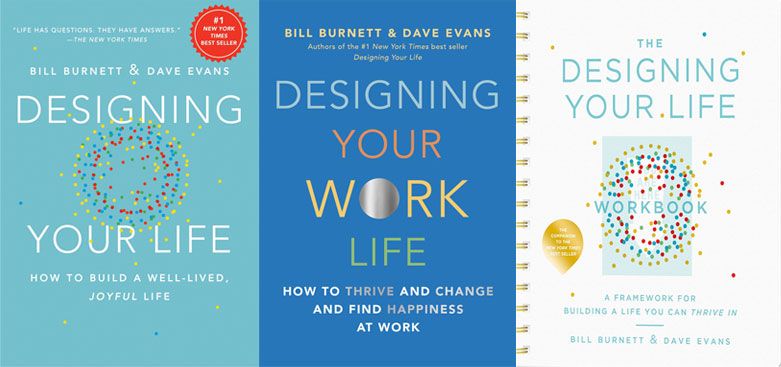
The Design Thinking Playbook: Mindful Digital Transformation of Teams, Products, Services, Businesses and Ecosystems
by Michael Lewrick, Patrick Link, Larry Leifer
The Design Thinking Playbook is an actionable guide to the future of business. By stepping back and questioning the current mindset, the faults of the status quo stand out in stark relief―and this guide gives you the tools and frameworks you need to kick off a digital transformation. Design Thinking is about approaching things differently with a strong user orientation and fast iterations with multidisciplinary teams to solve wicked problems. It is equally applicable to (re-)design products, services, processes, business models, and ecosystems. It inspires radical innovation as a matter of course, and ignites capabilities beyond mere potential. Unmatched as a source of competitive advantage, Design Thinking is the driving force behind those who will lead industries through transformations and evolutions.
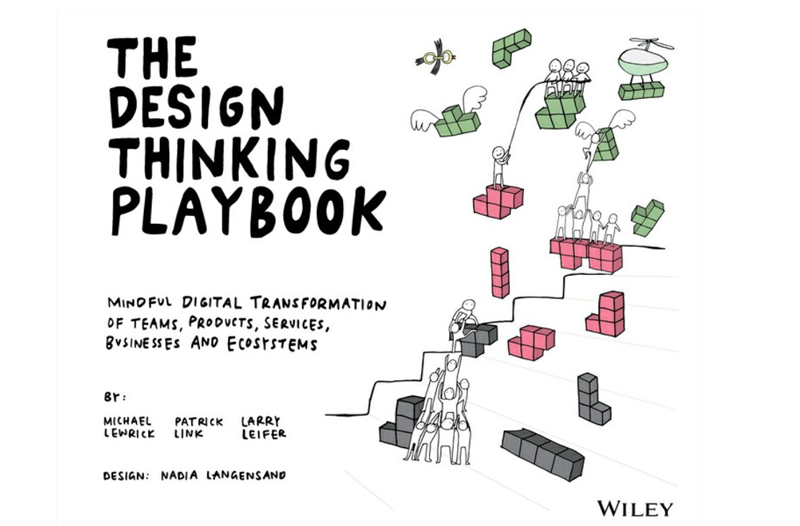
Start With Why
by Simon Sinek
Sinek starts with a fundamental question: Why are some people and organizations more innovative, more influential, and more profitable than others? Why do some command greater loyalty from customers and employees alike? Even among the successful, why are so few able to repeat their success over and over?
People like Martin Luther King Jr., Steve Jobs, and the Wright Brothers had little in common, but they all started with WHY. They realized that people won't truly buy into a product, service, movement, or idea until they understand the WHY behind it.
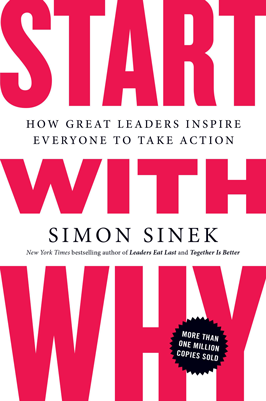
Value Proposition Design
by Alexander Osterwalder & Yves Pigneur
Value Proposition Design helps you tackle the core challenge of every business ― creating compelling products and services customers want to buy. This highly practical book, paired with its online companion, will teach you the processes and tools you need to create products that sell.
Using the same stunning visual format as the authors’ global bestseller, Business Model Generation, this sequel explains how to use the “Value Proposition Canvas” to design, test, create, and manage products and services customers actually want.

What's Your Problem?: To Solve Your Toughest Problems, Change the Problems You Solve
by Thomas Wedell-Wedellsborg
As Peter Drucker pointed out, there's nothing more dangerous than the right answer to the wrong question.
There is a way to do better.
The key is reframing, a crucial, underutilized skill that you can master with the help of this book. Using real-world stories and unforgettable examples like "the slow elevator problem," author Thomas Wedell-Wedellsborg offers a simple, three-step method - Frame, Reframe, Move Forward - that anyone can use to start solving the right problems. Reframing is not difficult to learn. It can be used on everyday challenges and on the biggest, trickiest problems you face. In this visually engaging, deeply researched book, you’ll learn from leaders at large companies, from entrepreneurs, consultants, nonprofit leaders, and many other breakthrough thinkers.
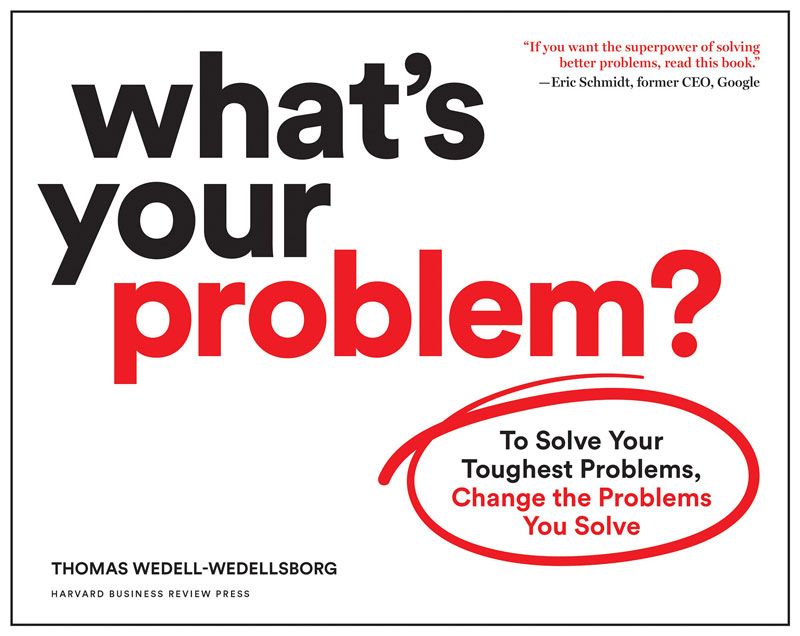
Business Model YOU
by Tim Clark
Business Model You uses a powerful one-page tool to teach readers how to draw "personal business models," which reveal new ways their skills can be adapted to the changing needs of the marketplace to reveal new, more satisfying, career and life possibilities.
This book shows readers how to:
- Understand business model thinking and diagram their current personal business model
- Understand the value of their skills in the marketplace and define their purpose
- Articulate a vision for change
- Create a new personal business model harmonized with that vision, and most important, test and implement the new model

Design a Better Business: New Tools, Skills, and Mindset for Strategy and Innovation
Design a Better Business: New Tools, Skills, and Mindset for Strategy and Innovation
This book stitches together a complete design journey from beginning to end in a way that you’ve likely never seen before, guiding readers (you) step-by-step in a practical way from the initial spark of an idea all the way to scaling it into a better business. Design a Better Business includes a comprehensive set of tools (over 20 total!) and skills that will help you harness opportunity from uncertainty by building the right team(s) and balancing your point of view against new findings from the outside world.
This book also features over 50 case studies and real life examples from large corporations such as ING Bank, Audi, Autodesk, and Toyota Financial Services, to small startups, incubators, and social impact organizations, providing a behind the scenes look at the best practices and pitfalls to avoid. Also included are personal insights from thought leaders such as Steve Blank on innovation, Alex Osterwalder on business models, Nancy Duarte on storytelling, and Rob Fitzpatrick on questioning, among others.
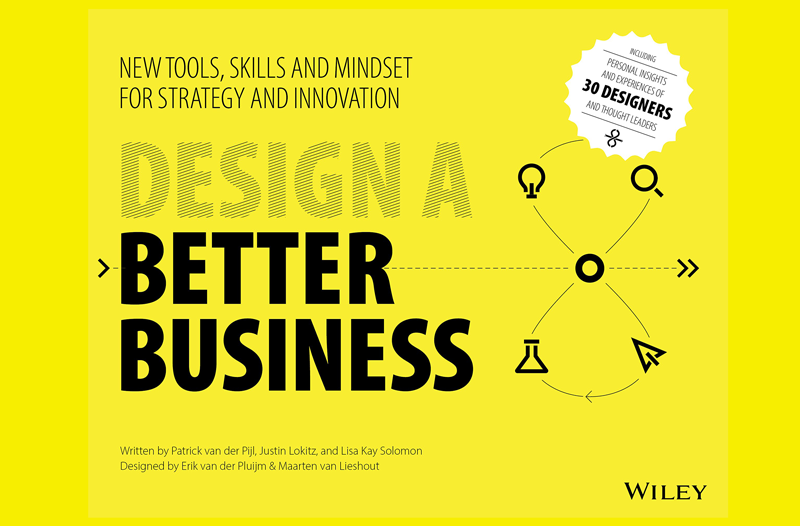
The Design Thinking Toolbox: A Guide to Mastering the Most Popular and Valuable Innovation Methods
by Michael Lewrick, Patrick Link, Larry Leifer
The Design Thinking Toolbox explains the most important tools and methods to put Design Thinking into action. Based on the largest international survey on the use of design thinking, the most popular methods are described in four pages each by an expert from the global Design Thinking community. If you are involved in innovation, leadership, or design, these are tools you need. Simple instructions, expert tips, templates, and images help you implement each tool or method.
- Quickly and comprehensively familiarize yourself with the best design thinking tools
- Select the appropriate warm-ups, tools, and methods
- Explore new avenues of thinking
- Plan the agenda for different design thinking workshops
- Get practical application tips
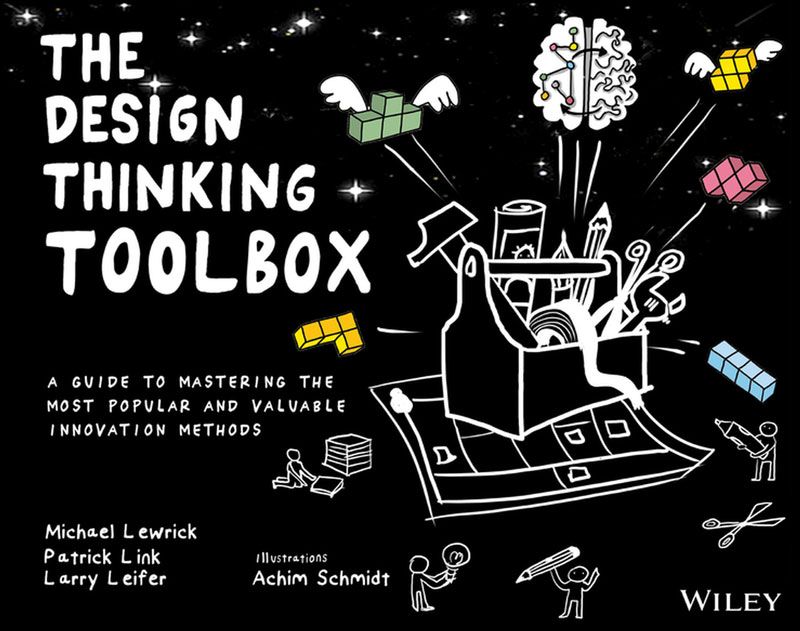
Where to play
by Mark Gruber
Choosing the right market for your innovation is the biggest, and trickiest, question for innovators. Research has shown that all too often entrepreneurs don’t spend enough time identifying and researching their market opportunities – instead they jump at the first opportunity that looks good, and fail to properly evaluate and leverage other opportunities. These common mistakes means that you often choose the wrong market or lock yourself into one specific direction.
Where to Play helps you to set a promising strategy, by giving a clear, structured and practical framework - the Market Opportunity Navigator- to better identify, evaluate and focus on the right market opportunities. With three dedicated and reusable worksheets covering:
- Market Opportunity Set – assess your core strengths and identify which market opportunities exist for your business
- Attractiveness Map – evaluate your market opportunities to reveal the most attractive option for focus
- Agile Focus Strategy – create a strategic plan for your chosen market opportunity that keeps you open-minded and agile
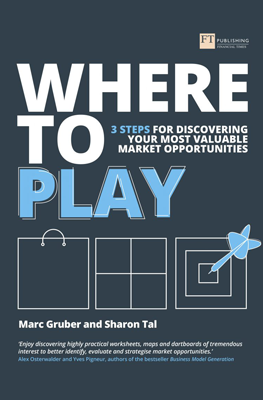
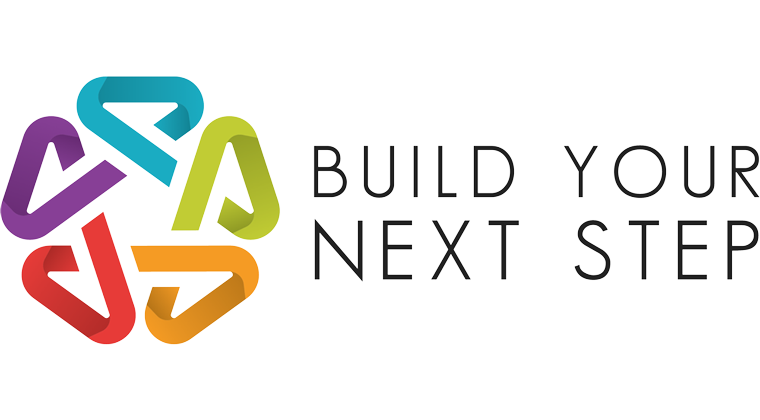
We are an online educational platform that helps professionals and aspiring individuals to succeed in their goals.
Featured links

Join our crew!
You will get access to material before the official release.
In exchange, you will give us brutally honest feed-back.
You will be listed as a contributor in the book!
We will get in touch rapidly so we can get to know each other.
Thank you!
We will get back to you rapidly
We will set up a phone or Zoom call at your convenience to get to know each other and tell you more about the courses and the partnership program.
Thank you!
